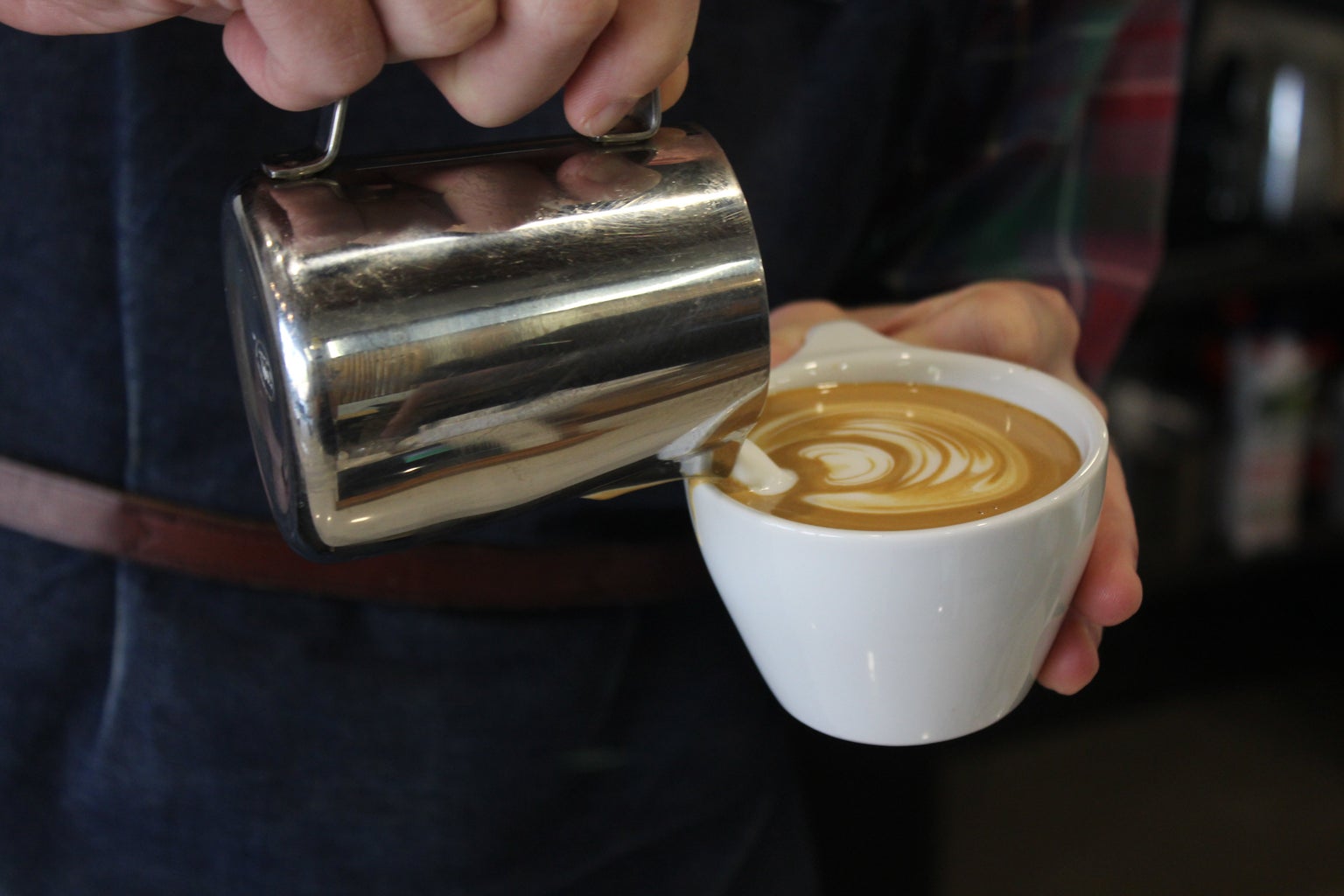As a student, I need my coffee – before class, during class and when I am spending those late nights in the library. But, have you ever stopped to think about everything that had to happen in the world for us to enjoy our cups of caffeine? Everyday, about 2.25 billion cups of coffee are consumed worldwide. While most of us are aware of the importance of fair trade coffee, we never think about what our coffee is costing the planet. Let us look at how the coffee industry has taken its toll on our environment, and what we can do to reduce our impact and enjoy our coffee in a more sustainable way.
It is a no-brainer that we are clearly in a global environmental crisis. In the last year, we have seen 409 environmental disasters, including the Amazon burning, deadly typhoons, heat waves, cyclones, volcanic eruptions, and the heart-breaking Australian wild fires. While we may think that it is the big bad oil industry causing climate change, the uncomfortable truth is that the coffee industry is undoubtedly a part of the problem.
The biggest source of environmental damage comes from the production of coffee beans. Coffee is cultivated mostly in tropical areas – beautiful ecosystems that are shaded by trees, filled with flowers and serve as the habitat of many animals and insects. Coffee beans are grown in-between these rich forms of biodiversity. This is known as shade-grown coffee and it is the most environmentally sustainable option as nature takes care of problems like pest control and preventing erosion. It is also the rarest practice in the industry.
As our hunger for coffee grew, there was a move to more intensive forms of farming and the practice of sun-grown coffee took over. In areas such as Columbia and Costa Rica, coffee farmers have begun to cut down the canopy of trees under which they once grew our beloved coffee beans. Massive areas of land were deforested and millions of trees cut down to make room to grow new varieties of better-tasting, sun-soaked coffee. The trend of growing coffee beans in full sun uses much more water than the shade-grown varieties, and requires extensive use of chemical pesticides that are lethal to the soil and biodiversity of these tropical ecosystems. We cut down the trees and demolish the habitat of many animals and insects. We replace the unique indigenous forms of life with barren open lands ready for mass production. We pollute the water with waste when processing coffee beans and rob aquatic plants and wildlife of the oxygen they need, not to mention the unequal and exploitative exchange between farmers and companies buying their products.
The consumption of coffee by us as consumers also produces further damage to our environment. But, luckily, this is where we can make a difference. Simply adhere to the three R’s of sustainable consumption – Reduce, Reuse, Recycle. Think about how many paper cups you have thrown away – only 0.25% of these ever get recycled. Why not switch to a biodegradable cup you can use repeatedly? I have one with my varsity logo on it and it is much easier to use and only cost me 50 bucks. Even if you want coffee on the go – simply take your cup with and ask them to pour your caffeine boost in there. We rapidly need to reduce the amount of waste we are producing. All of us love a good quality cup of coffee, but luxuries like single-cup coffee capsules produce much more waste than traditional brewing methods. If you do not want to give up your capsules, switch to more environmentally friendly pods. Use biodegradable coffee filters and reuse the coffee grounds as fertilisers. Be mindful of the amount of electricity you use (boil that kettle only once!). Lastly, wherever you can, try to support shade-grown coffee producers that are certified as fair trade dealers.
We all love and need coffee, but we need Mother Earth much more. Let us show her some love and celebrate Earth Day year-round by drinking coffee responsibly.


